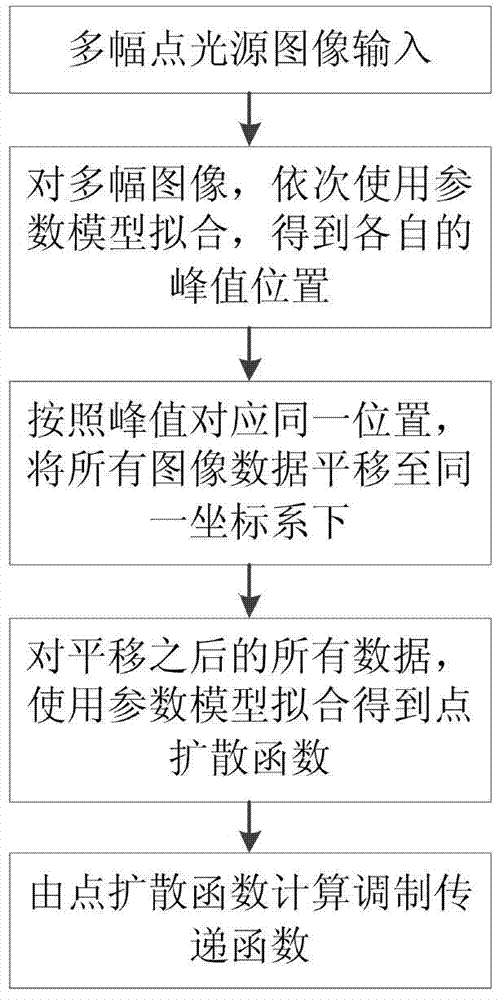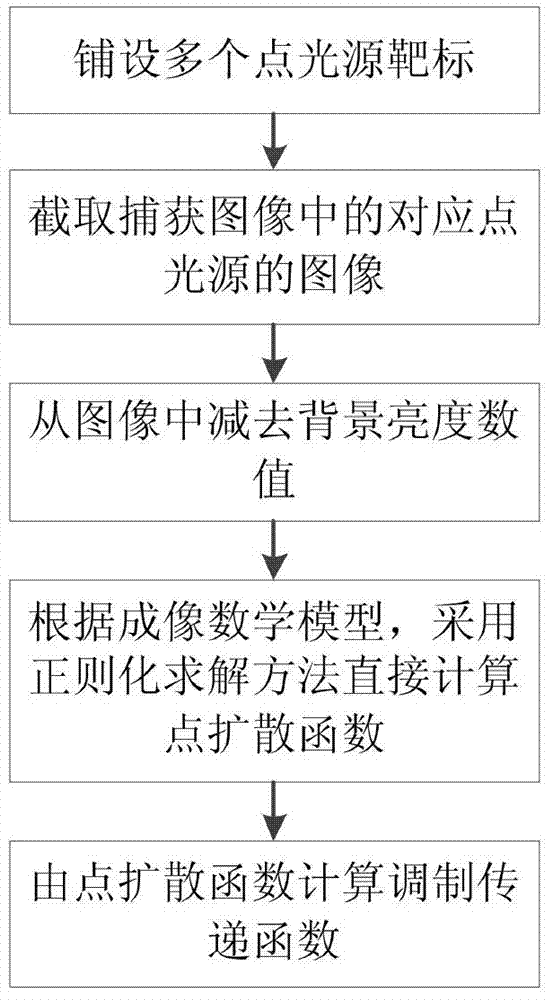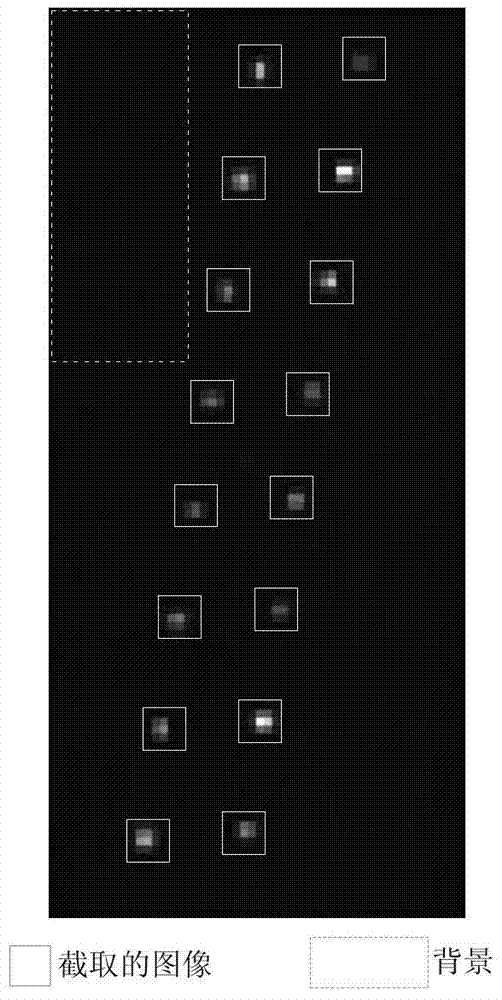A Modulation Transfer Function Calculation Method for Spaceborne Camera
A technology for modulating transfer function and spaceborne camera, applied in the field of space optics, can solve problems such as parameter model approximation, and achieve the effects of improved constraints, strong engineering application value, and fast and convenient solution process.
- Summary
- Abstract
- Description
- Claims
- Application Information
AI Technical Summary
Problems solved by technology
Method used
Image
Examples
specific Embodiment approach 1
[0017] Specific implementation mode 1. Combination Figure 2 to Figure 5 Description of this embodiment, a method for measuring the modulation transfer function of a spaceborne camera, the method is implemented by the following steps:
[0018] Step 1. Before the satellite transits, lay a set of convex mirrors with the same specifications in a scene with a consistent background, and the distance between each pair is not less than six ground pixel intervals. The convex mirrors reflect sunlight to form multiple point light source targets. The ground pixel interval is known, but due to the shape of the satellite orbit, the ground pixel interval may vary within a certain range.
[0019] Step 2: From the images captured by the spaceborne camera, corresponding to each point light source, the image data of the same size is intercepted.
[0020] Step 3: Estimating the background brightness of the scene, and subtracting the value of the background brightness from the image data in Step...
specific Embodiment approach 2
[0043] Specific embodiment two, combine Figure 3 to Figure 5 Illustrate this embodiment, this embodiment is the application of a kind of modulation transfer function measurement method for spaceborne camera described in specific embodiment one to the convex mirror target imaging experiment laid by QuickBirdII, the ground pixel interval of QuickBird can be 0.6m, also can be 0.61-0.72m. The ground pixel interval depends on the pixel size, the focal length of the optical system, and the altitude of the satellite orbit.
[0044] Firstly, the images corresponding to each point light source are intercepted from the captured image, combined with image 3 ,use image 3 The background data in the dotted area in the center calculates the mean value as the background brightness of the whole area, and it is calculated from image 3 Subtract from each point source image of .
[0045] Let λ=0.5 in formula 5, use formula 6 to iterate repeatedly, when the change of h between two adjacent...
PUM
 Login to View More
Login to View More Abstract
Description
Claims
Application Information
 Login to View More
Login to View More - R&D
- Intellectual Property
- Life Sciences
- Materials
- Tech Scout
- Unparalleled Data Quality
- Higher Quality Content
- 60% Fewer Hallucinations
Browse by: Latest US Patents, China's latest patents, Technical Efficacy Thesaurus, Application Domain, Technology Topic, Popular Technical Reports.
© 2025 PatSnap. All rights reserved.Legal|Privacy policy|Modern Slavery Act Transparency Statement|Sitemap|About US| Contact US: help@patsnap.com



